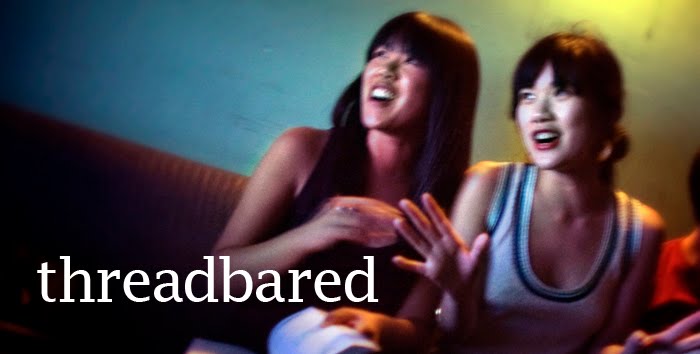 This was originally written as a response to a New York Times inquiry, but because we don't check our e-mail everyday, we missed the writer's deadline. The resulting article was published in this Sunday's Style section, called "Crimson and Green." Our thanks to the author, Michael Grynbaum, nonetheless, because without his inquiry we wouldn't have an occasion to reference Kelis.
This was originally written as a response to a New York Times inquiry, but because we don't check our e-mail everyday, we missed the writer's deadline. The resulting article was published in this Sunday's Style section, called "Crimson and Green." Our thanks to the author, Michael Grynbaum, nonetheless, because without his inquiry we wouldn't have an occasion to reference Kelis.Harvard University’s licensing of the name “Harvard Yard” seems to be a not illogical next step for the corporatization of the university, with an increasing emphasis on branding. (Consider the licensing deal between New York University and the United Arab Emirates, and the resulting controversy about the university’s “brand dilution.”) Pairing a conservative New England aesthetic with a more modern fit, the line of menswear being manufactured and marketed under the name Harvard Yard by private label Wearwolf Group is pretty clearly nostalgic, and not in an ironic, tongue-in-cheek manner. This is not surprising, since inspiration for the line is explicitly drawn from photographs from Harvard’s archive of the 1950s and 1960s, featuring (we imagine) lantern-jawed young Protestant white men from “good families” and bearing plentiful connections to exclusive clubs of all sorts. As a story about its aesthetic, it seems quite obvious that this menswear line references an earlier historical moment in which university life and Harvard in particular stood for a privileged Ivy lifestyle, but also an exclusive American ideal.
We can’t predict who might buy these clothes, and how they might wear them, but Harvard Yard does depend on the fantasy that the purchase of a symbol will bring you in closer proximity to the status being sold. It’s a fantasy about a social status available to a very few then and, via Harvard Yard, a fantasy about accessing the signs of that status in a much more muddled moment now.
As such, the University’s announcement that the licensing windfall (an undisclosed amount) goes to the undergraduate financial aid program seems like a public relations buffer to protect against accusations of both elitism, because the clothes conjure up an exclusive history, and brand dilution, because it's for a "good cause." If this is the case, the menswear line as financial aid fundraiser, it fails pretty miserably. New England style devotees in argyle and penny loafers purchase, with their clothes, shiny opportunities for low-income students of color? The phenomenon of the rich attending to the elevation of their social worth, while expressing concern for those deserving “less fortunate,” weirdly mirrors a certain, condescending relation of charitable giving.
But with the decline in sales for mainstream retailers of prep style such as for Abercrombie & Fitch, and more cosmopolitan labels like A.P.C. producing clean, modern takes on seersucker and plaid, we’re not sure that Harvard Yard will be successful anyway.



